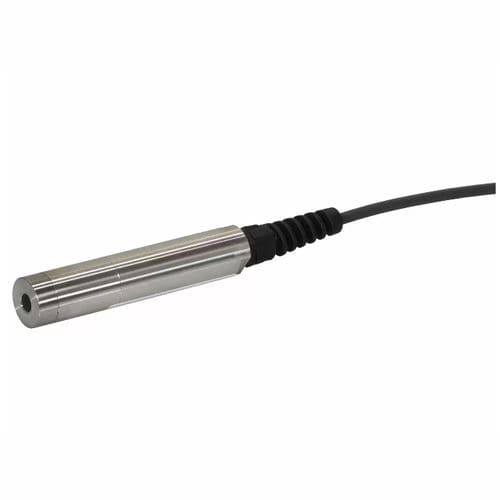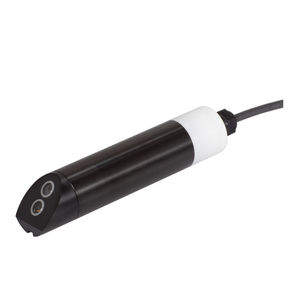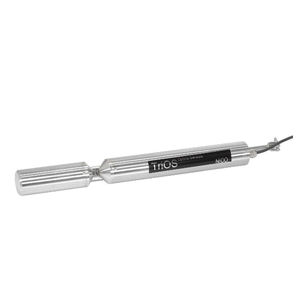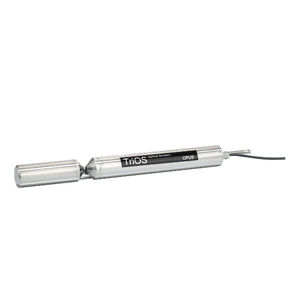
- Metrology - Laboratory
- Analytical Instrumentation
- Optical dissolved oxygen sensor
- KISTERS - HyQuest Solutions
Optical dissolved oxygen sensor Modbus RTURS-485
Add to favorites
Compare this product
Characteristics
- Technology
- optical
- Output
- Modbus RTU, RS-485
Description
The oxygen sensor uses luminescence-based optical measurement technology and measures reliably and precisely. The low maintenance and small amount of consumable materials needed by the sensor provide immediate returns on investment. Only the membrane cap must be replaced every two years. The sensor can also be used in applications with a very weak water flow. The oxygen sensor is available with a 10-meter or a 2-meter cable.
Low operation costs thanks to low maintenance (no electrolyte replacement)
Larger calibration interval thanks to low deviations
No polarisation voltage necessary
High degree of measurement accuracy, even at low concentrations
Fast response time
No minimum inflow (no oxygen consumption)
Measurement principle - Luminescence
Parameter - Dissolved Oxygen
Measurement range - 0...20 mg/L 0...20 ppm 0...200 %
Measurement accuracy - ± 0.1 mg/L ± 0.1 ppm ± 1 %
Resolution - 0.01
Measurement interval - > 5 s
Resolution (temperature) - 0.01 °C
Accuracy (temperature) - 0.5 °C
Membrane Cap - No cross-sensitivity with : pH 1 – 14 ; CO2, H2S, SO2 Cross-sensitivity to Organic solvents, such as acetone, toluene, chloroform or methylene chloride Chlorine gas
Material - Standard Version in passivated Stainless steel 316L body, strainer and screw, For Seawater application Version in Titanium body, strainer and screw, Cable : polyurethane jacket Steam gland : Polyamide Patch with active material (black) – Membrane : Optical isolation silicon
Dimensions (L x Ø) - 146 mm x 25 mm - ~ 5.7˝ x 1˝
Weight stainless steel - ~ 450 g ~ 1 lbs
Weight titanium - ~ 300 g - ~ 0.7 lbs
Interface - RS-485 (Modbus RTU)
Power consumption - 1 W
Catalogs
No catalogs are available for this product.
See all of KISTERS - HyQuest Solutions‘s catalogsOther KISTERS - HyQuest Solutions products
Water Quality
Related Searches
- Spectrometer
- PH sensor
- Process spectrometer
- Optical spectrometer
- Conductivity sensor
- Automatic sampling system
- Measurement spectrometer
- Photometer
- Fast spectrometer
- Water conductivity sensor
- Dissolved oxygen sensor (DO)
- Water sampler
- Real-time spectrometer
- Digital dissolved oxygen sensor
- Digital pH sensor
- Optical dissolved oxygen sensor (DO)
- Process photometer
- Digital conductivity sensor
- High-end spectrometer
- RS-485 dissolved oxygen sensor (DO)
*Prices are pre-tax. They exclude delivery charges and customs duties and do not include additional charges for installation or activation options. Prices are indicative only and may vary by country, with changes to the cost of raw materials and exchange rates.












